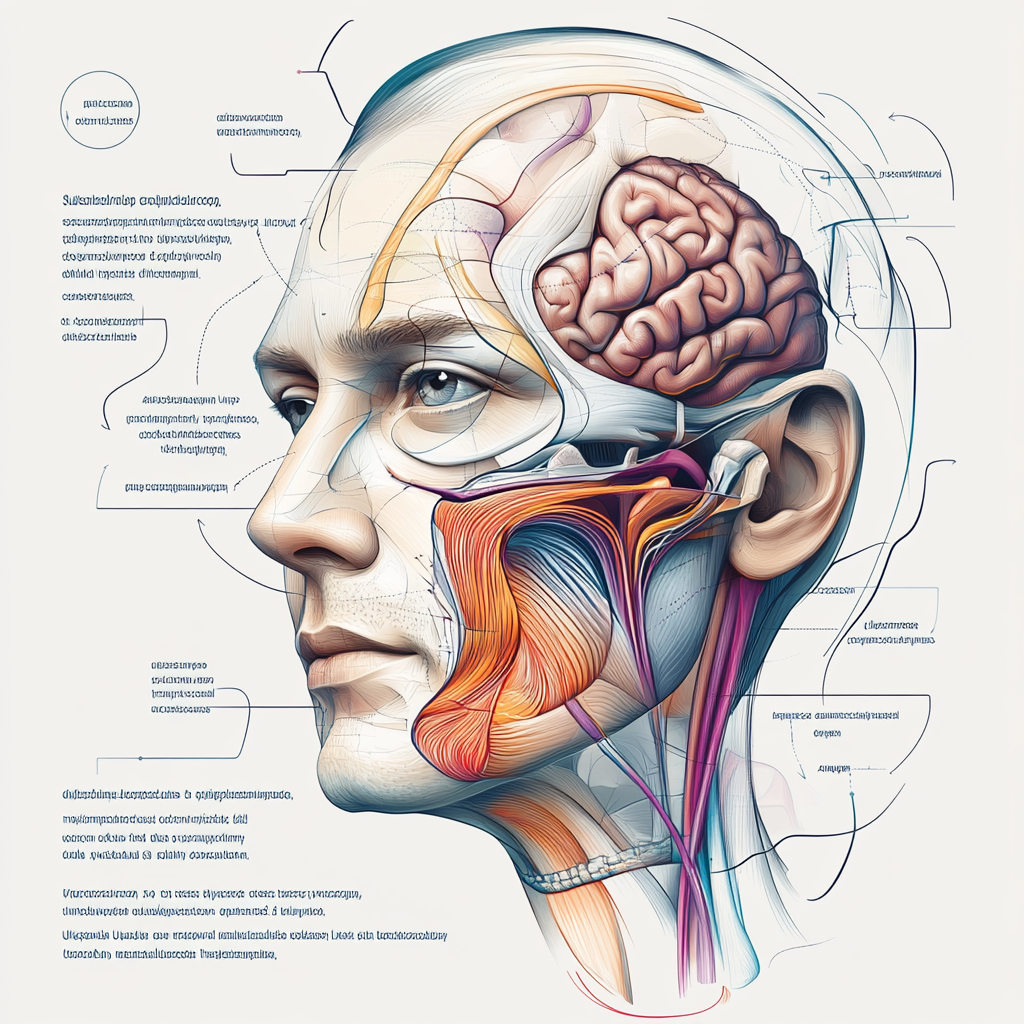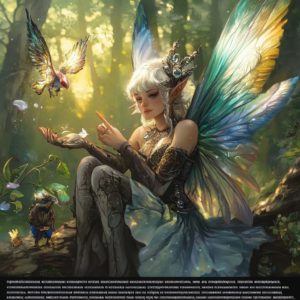
“AI Learns to See Faces in Inanimate Objects, Just Like Humans”
AI Pareidolia: Can Machines Spot Faces in Inanimate Objects? A Journey into the Quirky Realm of Human Perception and Artificial Intelligence
Ah, pareidolia! That delightful peculiarity of human perception that skews our reality, coaxing our brains into quirky shapes where none should exist. Faces in clouds, the Virgin Mary in a grilled cheese sandwich, or even Jesus showing up in a ceiling tile—these odd connections are more than just whimsy; they’re like nature’s way of reminding us that our minds are wired for storytelling. This charming little phenomenon has roots deep in our evolution, tying survival instincts to creativity, and now it's catching the keen eye of artificial intelligence. But let’s dive deeper into this remarkable world where the human brain and machine learning intersect.
The Evolutionary Quirk of Human Perception
To wrap your head around the phenomenon of pareidolia, think of your ancient ancestors. Imagine them crouched in the underbrush, their senses sharp; a fleeting glimpse of an animal’s silhouette could mean the difference between dinner and being dinner. Our ability to recognize faces—or patterns resembling faces—in the wild likely served as a critical survival advantage. Fast forward to today, our brains are still finely tuned for spotting these familiar shapes in our surroundings, which, let’s be honest, can lead to some rather entertaining misinterpretations. Is it any wonder that we see a smiling face in a potato or a frown in a tree stump?
This innate proclivity doesn't just illustrate our survival instincts; it also speaks to the heart of human creativity. The same brain that sees a smile in the crook of a branch is the one that imagines and creates art. Every great artist has felt the pull of that invisible thread, tying perception to creativity. But is it really that simple? Can our mechanical counterparts, the artificial intelligences we’ve created, share this same insight?
Machines and the Quest for Faces in Objects
Enter the brilliant minds at MIT’s Computer Science and Artificial Intelligence Laboratory (CSAIL). They decided to tackle the age-old question: can machines experience pareidolia? Armed with a firm understanding of human patterns and some cutting-edge technology, they embarked on a fascinating project. They crafted a dataset called “Faces in Things” consisting of 5,000 images showcasing these curious faces hidden in everyday objects. At first, the AI was about as confused as a cat caught in a dog park—struggling to detect the illusory faces that humans casually point out with gleeful amusement.
However, something interesting happened when the researchers upped the ante. They trained the AI on animal faces first and then watched as it became remarkably adept at spotting these pareidolic faces. Bingo! It turns out that a little evolutionary nudge can provide the technological equivalent of being handed a pair of glasses. Just as our ancestors learned to discern the faintest outline of a face, machines too can fine-tune their perceptions with just the right training.
The Goldilocks Zone of Visual Perception
Now, let’s get to the juicy part—the “Goldilocks Zone of Pareidolia.” This delightful term describes the sweet spot in visual complexity that makes it likely for both humans and AI to detect faces in non-facial objects. Picture this as the visual equivalent of porridge that’s not too hot, not too cold, but just right.
Too simple an image lacks the pizazz needed to trick the mind into seeing a face, while too complex leads to total visual chaos. Through rigorous testing, CSAIL found that both humans and their digital counterparts thrived in this balanced zone, showcasing that perhaps our weird quirks of perception aren’t so far removed than we think.
The Big Picture: What This Means for AI and Us
Peeking over the horizon of pareidolia, the implications for artificial intelligence and human interaction are tantalizing. Imagine self-driving cars that not only navigate streets but also understand when a shadow might appear to someone as a face, reducing the frequency of those pesky false positives. The technology could revolutionize our roads, making automated driving safer and more reliable than ever before.
Then there’s design. Manufacturers and designers could harness this newfound understanding to create products that are more appealing and user-friendly. The right face-like features on gadgets can evoke a sense of trust and companionship, making the mundane feel warm and welcoming.
Moreover, consider the evolving realm of human-computer interaction. As AI grows more adept at recognizing pareidolic faces, we may see a shift in how we relate to machines, fostering companionship that echoes the very relationships we share with our fellow humans. Artistic applications could flourish, with AI helping to reveal the beauty of finding faces in unexpected places. The realms of art, design, and psychology stand at the precipice of transformation.
Dataset and Future Exploration
The “Faces in Things” dataset, an enormous trove of pareidolic imagery and the algorithms trained upon it, opens doors that we might never have thought possible. This isn't just about teaching machines to see in a human-like way; it’s a window into the evolution of visual perception itself. Imagine researchers using these models to explore questions about how we recognize faces, the origins of this phenomenon, and what it means for our understanding of human cognition.
A Quirky Conclusion
Pareidolia isn’t merely a cute apparition of our perception; it reveals something profoundly significant about our past and our creativity. It showcases the intertwining paths of nature and technology, both seeking to interpret a world filled with ambiguity and wonder. If machines can begin to navigate this whimsical landscape, who knows what other lessons await us in that digital domain?
As we continue to unveil the layers of this fascinating phenomenon, we invite you, dear reader, to keep your finger on the pulse of AI and its eccentric adventures.
Stay Involved!
Want to stay up to date with the latest news on neural networks and automation? Subscribe to our Telegram channel: @channel_neirotoken. Embrace the journey into the unknown, where machines meet creativity and perception shapes reality!

